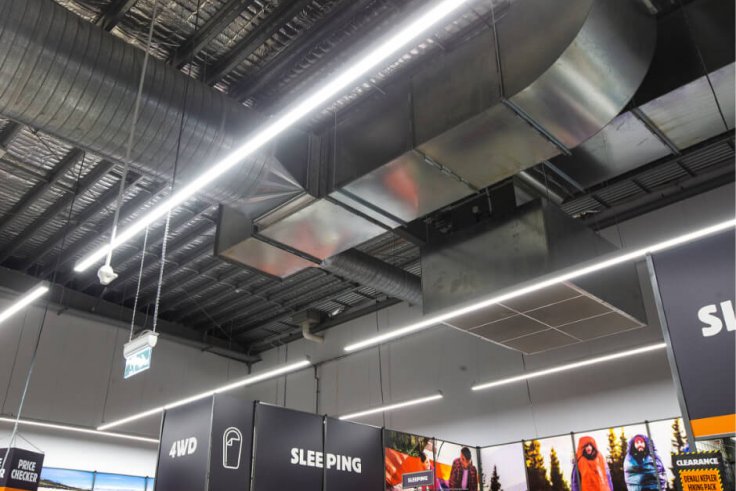


If I run python3 through terminal, plotting graphics works just fine as well.Note: Uninstall Anaconda/Anaconda Navigator and other related previously installed version of conda-based installations. The only way I manage to plot graphics in a separate window is to start Spyder with IPython console "graphics backend" set to "inline" and then change it to "automatic". The issue also persists after restarting Spyder. However, if I open new consoles they don't work at all. When I start Spyder with the "inline" option and switch to "automatic", the opened kernels function just as expected. Spyder > Prefernces > IPython Console > Graphics > Graphics Backend > inline, or automatic I installed the native version of python3 through miniforge (Apple version) and Spyder (Intel version) through homebrew and everything is working just fine for me with one exception, I've observed one strange behaviour when setting the "graphics backend" option to "automatic" instead of "inline".
#Anacondamac m1 update
I will update here after I run the Miniconda native M1 installer. It was very easy and I verified that in the native M1 Miniforge environment that Numpy is using the optimized BLAS/LAPACK linear algebra libraries and that Tensorflow has GPU access. I successfully ran the side-by-side installation from Jeff's tutorial with a few changes. There was a native M1 Miniconda installer published in 2021/11: Miniconda3 macOS Apple M1 64-bit bash (P圓8 conda 4.10.1 ) Jeff basically uses Apple's solution above for the native Miniforge install.

(2) Running native M1 with Miniforge and Rosetta with Miniconda side-by-side (Jeff Heaton's tutorial from 2021/11) Look for the "arm64: Apple Silicon" section at: This uses the same Miniforge solution mentioned above but includes an M1-optimized Tensorflow install, meaning TF has access to the M1 GPU cores. (1) Using Apple's instructions for Tensorflow with Miniforge Here are a few options for Miniforge and Miniconda. Native M1 installations are pretty simple now. I also have only done minimal testing using the conda's pip, and how well it recognizes/tries to download/resolves M1 vs x86 pip packages. (I'm guessing this would work, but haven't tried).
#Anacondamac m1 mac
I'm also not sure/haven't tested whether you can mix and match M1 wheels with x86 mac wheels. I've not tested this too extensively yet, and I'm not sure exactly what happens if a non-M1 wheel is available (I believe it will default to downloading a no-arch version). (look for supporting platform 'osx-arm64` eg numpy) Various installers for their Miniforge (via direct download, curl or homebrew) can be found on their github page (above) - the direct link to the ARM native miniforge installer is here.Ī quick search on conda-forge show's almost all common modules do now have native M1 wheels available. However, as steff above mentioned, conda-forge (as in the group responsible for maintaining the conda-forge channel) do have a installer for their version of conda that is itself both native M1, and also sets up your environment to pull M1 native wheels where available.

It seems Anaconda still do not have a native M1 version, nor does Miniconda.I can't figure out why it's taken so long and neither still seem to have native M1 support, but that's a separate issue.


 0 kommentar(er)
0 kommentar(er)
